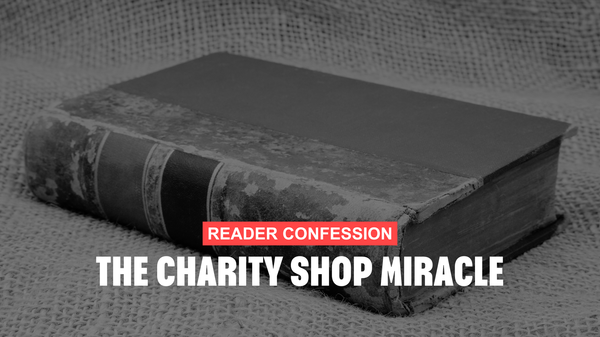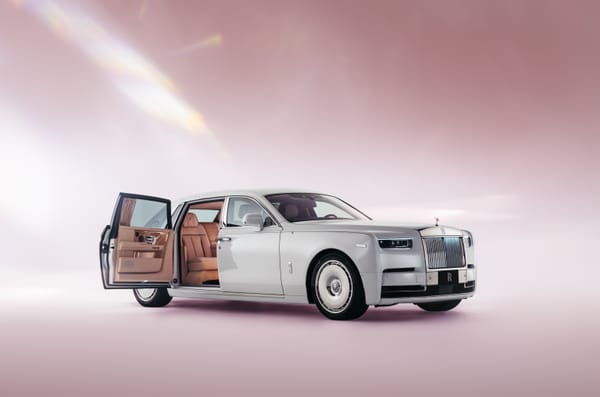We’re Neither Twins Nor Related at All
François Brunelle, a Canadian photographer, is known for capturing unrelated strangers who look remarkably alike. His black-and-white portraits highlight profound facial similarities, challenging perceptions of identity and revealing the complexity of human appearance.
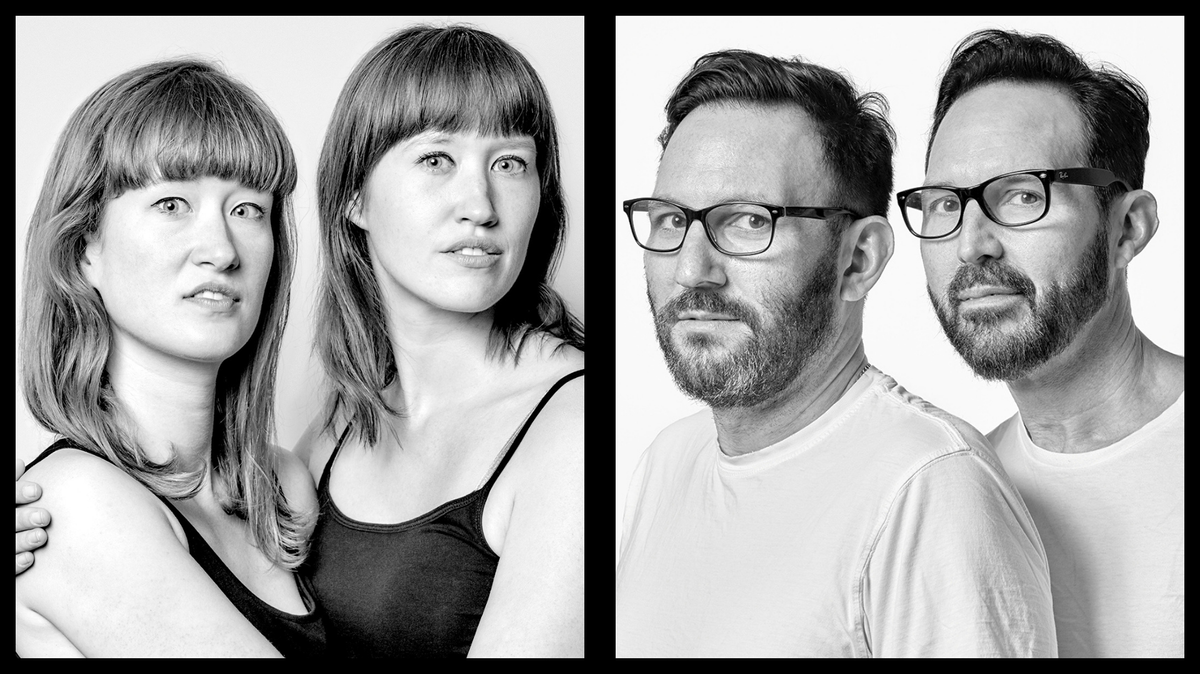
Born in Quebec, François Brunelle initially began his career in photography inspired by the work of iconic photographers such as Richard Avedon and Yousuf Karsh. Brunelle’s interest in portraiture stemmed from his desire to capture the essence of human expression and emotion. However, his "look-alike" project evolved into something far more curious and thought-provoking than standard portrait work.
The genesis of "I’m not a look-alike!"
The idea for Brunelle’s project was sparked in 1999 when he noticed frequent comments on his resemblance to comedian Rowan Atkinson, particularly Atkinson’s character, Mr Bean. These remarks about his supposed 'twin' led Brunelle to wonder how many others might experience a similar phenomenon. Driven by this curiosity, he sought to document strangers who appeared as though they could be related but, in reality, had no biological connection.
Brunelle’s goal was to find people from different walks of life, countries, and backgrounds who shared this extraordinary facial resemblance. His black-and-white portraits became the project’s signature style, creating a timeless aesthetic that draws attention to the similarities between the pairs, free from the distractions of colour or elaborate backgrounds.
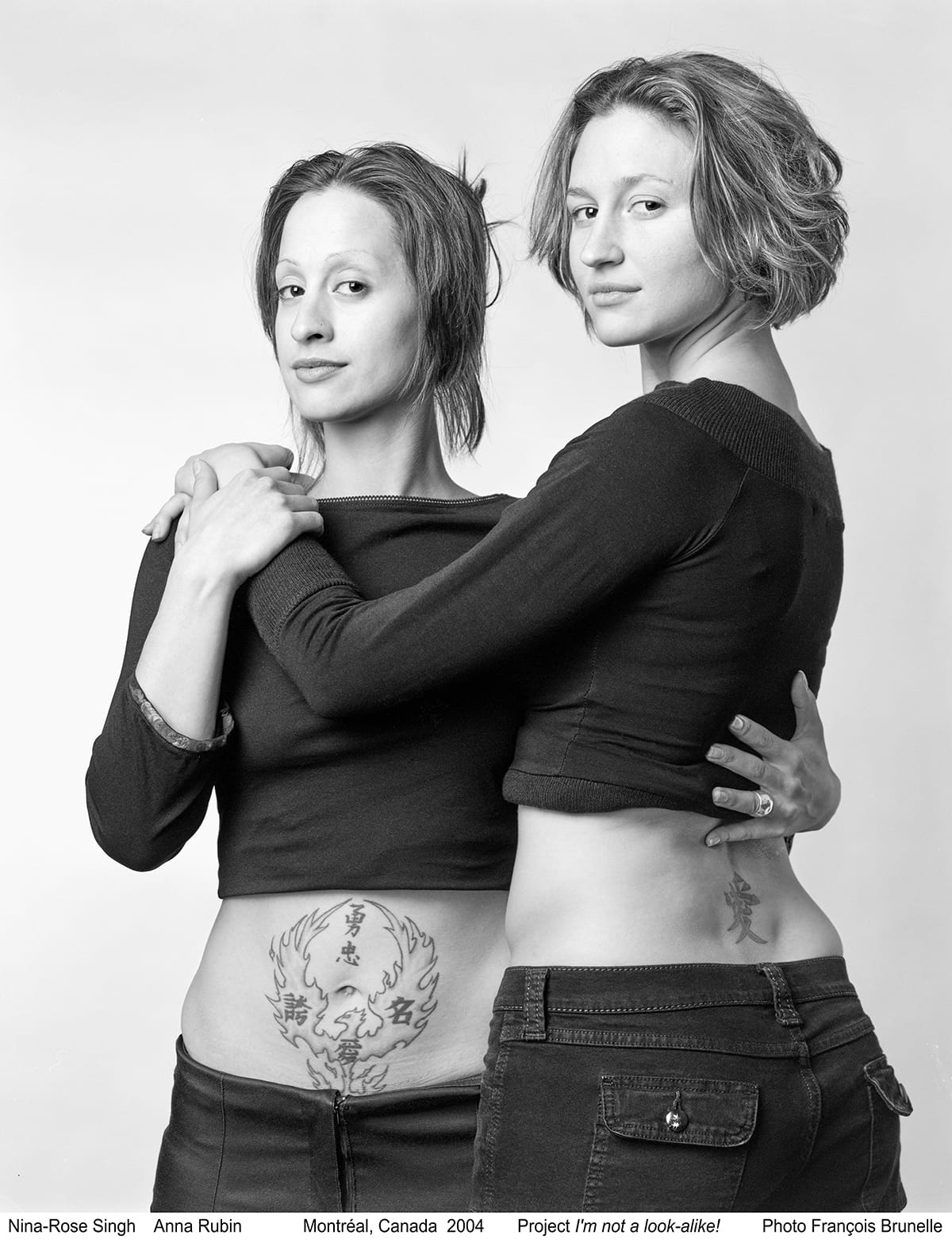
Over the years, François Brunelle has travelled the globe in search of look-alikes. His subjects come from diverse regions, including North America, Europe, and beyond, with some pairs being discovered through word of mouth, while others volunteered after hearing about his project. Each photograph features two people standing side by side, often mirroring one another’s neutral expressions and body language, further emphasising their visual likeness.
What makes Brunelle’s work so captivating is the emotional depth behind each portrait. Although the pairs are physically similar, they often lead entirely different lives, come from different countries, and sometimes even speak different languages. This juxtaposition of physical similarity against diverse personal histories adds a layer of complexity to the project, prompting viewers to reflect on what makes each person unique despite outward appearances.
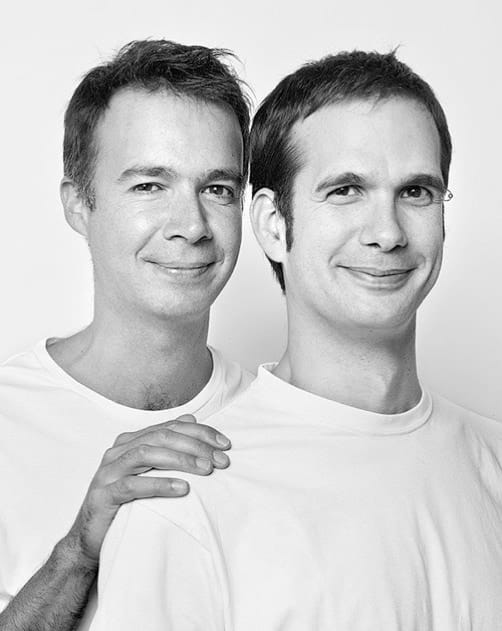
Brunelle’s decision to shoot in black and white is a deliberate artistic choice. The absence of colour strips the images of any distractions and places the focus entirely on the individual’s facial features. With this minimalistic approach, every detail – from the curve of a cheekbone to the arch of an eyebrow – becomes more pronounced, highlighting the extraordinary similarities between these unrelated people.
The portraits are carefully composed, with Brunelle often choosing to have the subjects wear similar clothing or adopt similar poses. The goal is not to trick the viewer into believing the individuals are related but rather to accentuate their resemblance and create a moment of reflection on the fluidity of human identity.
Brunelle works primarily with a Phase One digital camera, a single softbox, and a white reflector, setting his subjects against a neutral background. The intimate feel of the portraits creates a connection between the viewer and the subject.
Beyond the artistic merits of Brunelle’s project, “I’m not a look-alike!” touches on deeper social and psychological questions. The concept of doppelgängers – individuals who look alike but are not related – has fascinated humans for centuries, often tied to superstitions or metaphysical beliefs. Brunelle’s work brings this concept into the modern day, not as a supernatural phenomenon, but as a reminder of the complexity and diversity of human appearance.
One of the key questions raised by the project is: How do we define ourselves? Much of our identity is tied to our physical appearance, yet Brunelle’s portraits show that two people can look nearly identical and still be entirely distinct individuals. The project encourages viewers to question the importance placed on appearance in society and to consider what truly defines us as individuals beyond our physical traits.
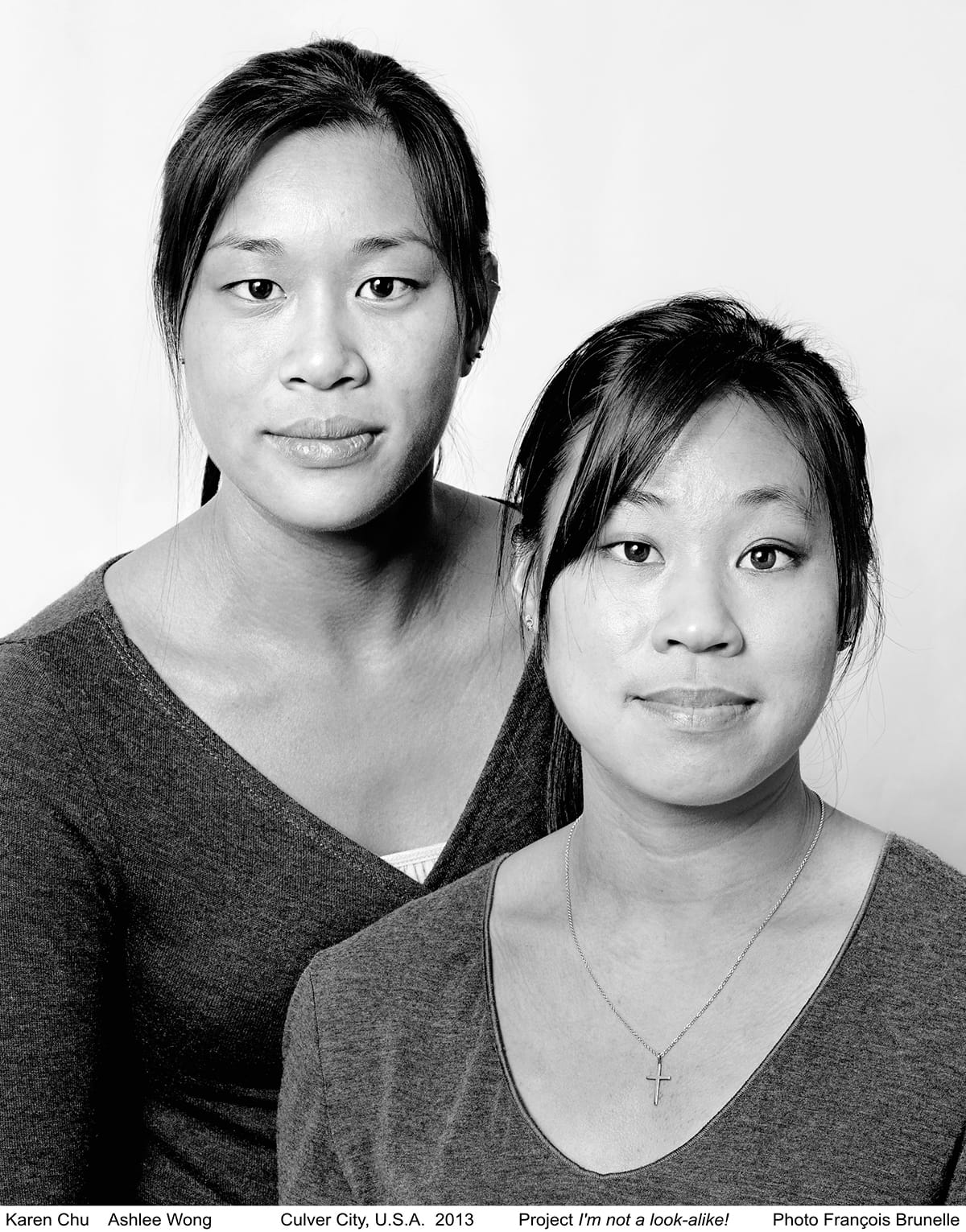
Since its inception, François Brunelle’s "I’m not a look-alike!" project has garnered widespread attention. His work has been exhibited internationally, with shows in Canada, the United States, Europe, and Latin America. Media outlets from across the globe have featured his photography, and his portraits have sparked conversations about identity, genetics, and human diversity.
Brunelle’s project has also resonated with many individuals on a personal level. Some participants have reported feeling an immediate connection with their look-alike, while others have been astounded by how similar they appear to someone they have never met before. For Brunelle, the project is not just about documenting these look-alikes but about celebrating the beauty of human diversity and the surprising ways in which we can resemble one another.
As of now, François Brunelle continues to expand his project, constantly seeking new pairs of look-alikes from around the world. His goal is to create a collection of 200 portraits, each representing a unique pair of individuals. The project is ongoing, and Brunelle remains passionate about capturing the essence of human likeness while continuing to explore themes of identity and belonging.
In an era where discussions about identity and diversity are more important than ever, François Brunelle’s work offers a refreshing perspective. By showing us that even strangers can share a striking resemblance, his project reminds us of the shared humanity that binds us all together despite our differences.
François Brunelle’s project is a remarkable fusion of art, photography, and social commentary. His portraits of unrelated look-alikes challenge our perceptions of identity, pushing us to look beyond the surface and reflect on what it means to be human. Through his lens, Brunelle captures not just the faces of his subjects but the essence of the similarities and differences that make us unique – and yet connected.
As the project continues to grow, Brunelle’s work stands as a testament to the power of photography to explore profound questions about who we are and how we see ourselves in the faces of others.



